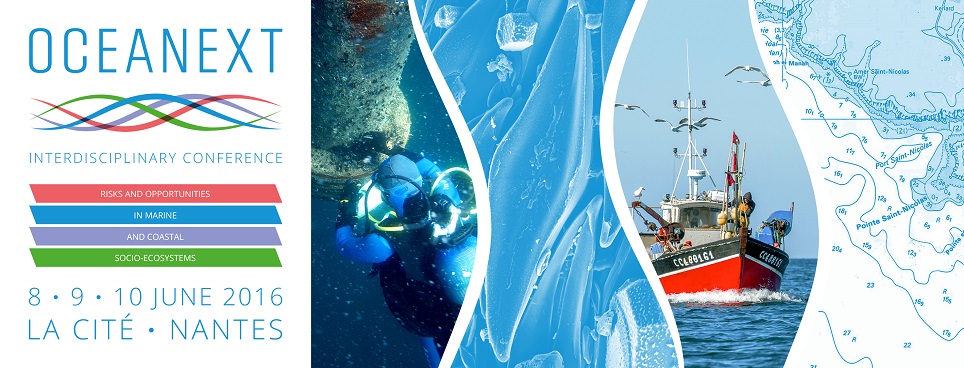Nitrogen starving Parachlorella kessleri can accumulate lipids up to 45% (w/w) of the dry matter (Montalescot, 2015), mainly triacylglycerides (TAG). Those lipids can be recovered using a mechanical cell disruption process followed by membrane filtration, but the surface properties of lipid droplets stabilized by the polar compounds deeply impact the oil separation. In order to study the influence of the interfacial phenomena on the lipids fractionation by membrane processes, a synthetic mixture, based on the lipids profile of different suspensions of disrupted P. kessleri has been defined.
The total fatty acids profile from the microalgae samples was obtained by GC-FID. Lipids were mainly composed by oleic (22-35%), linoleic (20-27%), linolenic (21-22%) and palmitic (14-20%) acids. The analysis of the polar fraction by HPTLC let to the identification of phosphatidylcholine-PC (27-31%), phosphatidylethanolamine + phosphatidylglycerol + sulfoquinovosyldiacylglycerol PE+PG+SQDG (25-34%) and digalactosyldiacylglycerol-DGDG (9-17%).
The synthetic mixture, an o/w emulsion composed by water, neutral and polar lipids (2% w/w of lipids), was obtained using a high shear roto-stator homogenizer. It was used to test several hydrophobic and hydrophilic membrane materials (PES, PVDF, PAN) ranging from microfiltration to ultrafiltration cut-off. Membranes of interest were chosen considering their performances in terms of permeate fluxes and oil retention. First results showed for most of the tested membranes a high oil rejection. Coalescence of oils droplets seems to appear beyond 10% (w/w) of oil in the retentate. To get the information on how the interfacial phenomena influence the lipids separation by membrane processes further filtration tests are required.

 PDF version
PDF version
